
Manufacturing waste comes in many different forms, from scraps to leftover products. In any production process, there will always be some waste produced. Although waste is an inevitable by-product of the industry, manufacturers should still keep the amounts under control. With the right strategies, manufacturing waste can be measured, minimized, and managed efficiently.
Businesses will gain various long-term benefits from reducing their waste output. From a branding perspective, consumers want to use products from eco-friendly organizations that demonstrate social responsibility. Financially, you may be able to reduce costs by streamlining operations and using materials in a more productive capacity.
It is up to management to develop action plans that minimize the waste build-up in the manufacturing process. Let’s learn how manufacturers can reduce waste in their operations effectively and efficiently.
Reduce Packaging Waste
Packaging makes up a large part of the material waste that comes in and goes out of a manufacturing plant. Used heavily by the retail industry, the packaging may take the form of boxes, pallets, wrappings, or other materials. All of these packing components become waste after use.
Companies need to look for ways to reduce this throwaway material as much as possible. A potential solution includes developing a robust recycling program to dispose of waste more ecologically. You can also look for better ways to decrease the amount of packaging needed. For instance, manufacturers can sell their products directly to consumers, thus reducing the need for additional packaging from retailers and wholesalers.
Reuse and Recycle
Businesses can reduce the waste materials produced by adopting a recycling mindset. Think about the manufacturing waste you accumulate and find ways to repurpose it. A simple example would be reusing all the leftover boxes, wood pallets, and packaging materials from your production processes. As long as these items remain in reasonably good condition, you can reprocess them in other areas of the manufacturing line.
As mentioned earlier, you should implement a recycling program in your manufacturing facility. Encourage your employees to take part in the program. Start by having the appropriate recycling containers for workers to sort their garbage and waste materials. Place various bins, containers, and recycling stations throughout the plant. Large containers should be on your lot for high-volume waste that can be sorted and shipped away.
Also, look for ways to include recycled materials in your products if possible. Any components you add to your products with reused material are a big win for the environment. Best of all, they can be part of your company’s mission statement and marketing push. Consumers love to buy products from manufacturers that take steps to reduce their carbon footprint.
Track Your Waste
Please pay attention to the manufacturing waste produced on a daily, weekly, and monthly basis. As you observe ongoingly, you are more likely to identify deficiencies and make changes to reduce the waste output. It works like any other management process in your business. You keep track of money spent on materials, and you know precisely how much profit you make per widget.
Take that same tracking initiative to your waste and look for ways to be more efficient. Some areas to observe include overproduction, product defects, weak productivity, or unnecessary motion. By monitoring how your facility accumulates excesses, you can streamline processes and tighten up waste generation points. Based on your findings, you may need to increase the recycling efforts in your business.
Organize Manufacturing Materials & Machinery
Make sure your manufacturing operation is a well-oiled machine. Being organized is the key to business efficiency and waste reduction. You can start by clearly marking all inventory, supplies, and tools in an organized system. This way, employees can locate items quickly and reorder materials only if necessary. Inventory management also ensures there are no unused leftovers or excessive amounts of material sitting around.
In addition, it is just as essential to inspect your manufacturing equipment. Develop a regular maintenance program to ensure you aren’t losing productivity through damaged machinery. Malfunctioning equipment tends to be less efficient with the potential of generating more waste.
Use Digital Materials
Marketing plays a significant role in any business. Traditional printed marketing materials have been popular for decades, and they are still heavily used today. These materials often create excessive waste. Instead, your advertising media can easily adapt to a digital format. In our technological age, everyone has a smartphone in their pockets. Most businesses work from computers, and this is the time to switch over your marketing materials to a digital format.
Nowadays, the preferred method of communication is digital text, email messages, and online advertising. Both clients and vendors respond better to digital marketing efforts, which will complement the paperless transition in your business. Work your way out of paper and embrace the wireless wave!














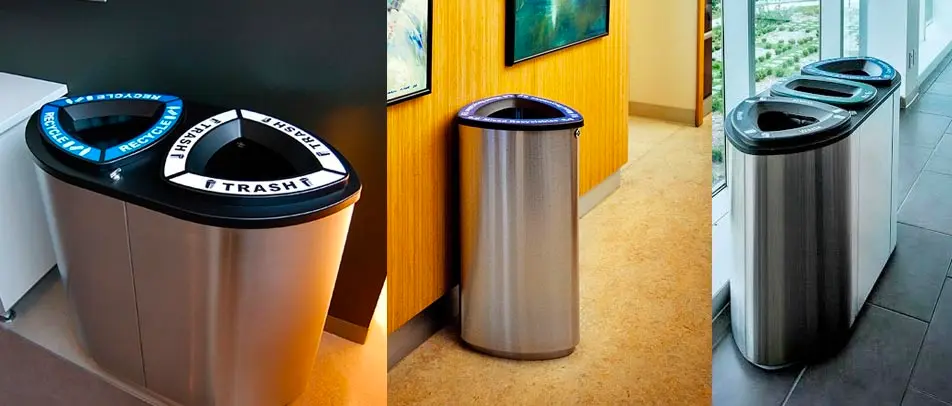
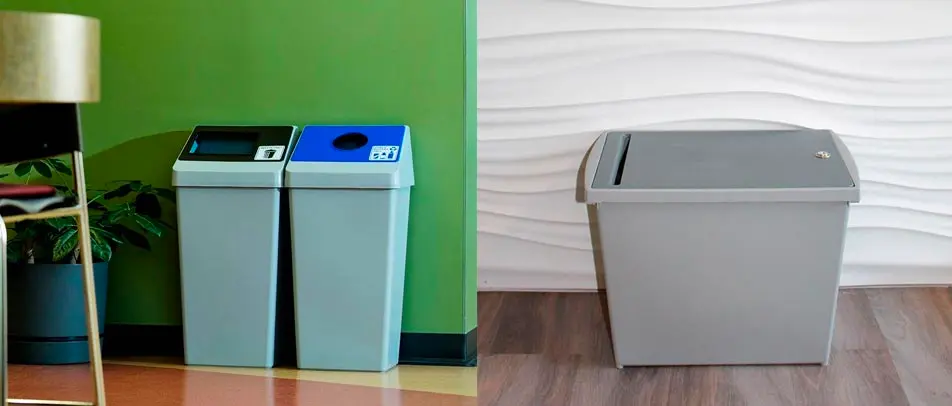


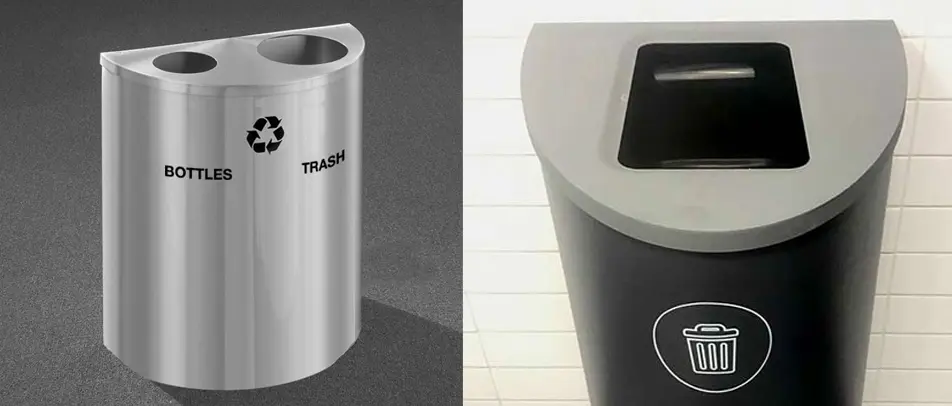


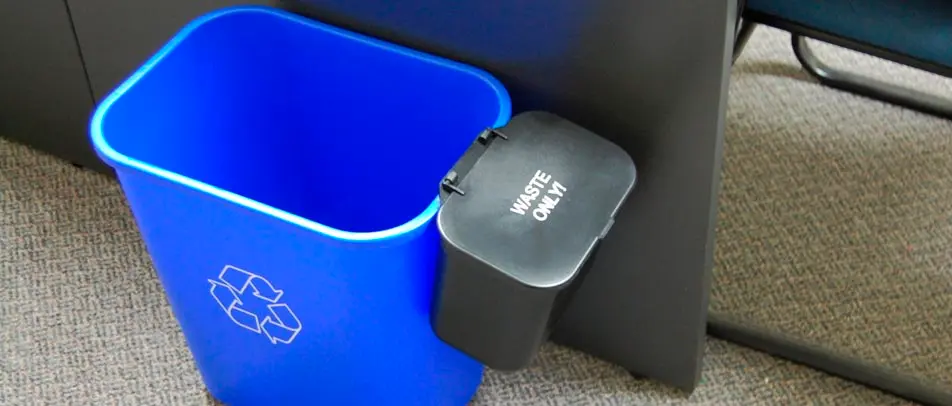
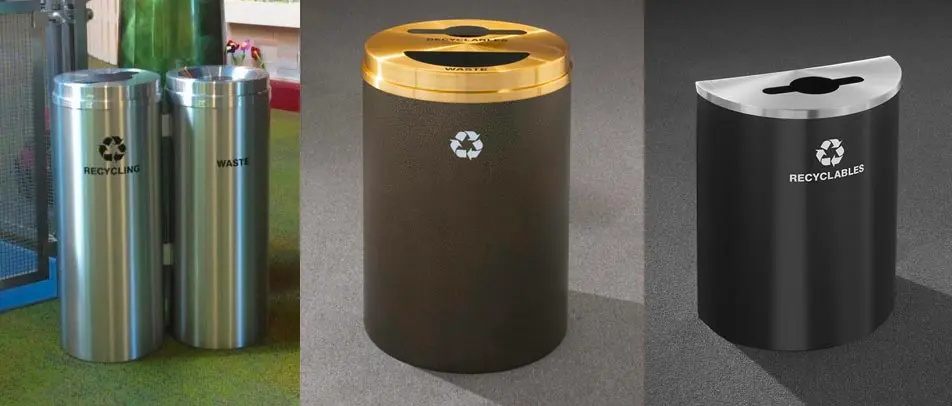
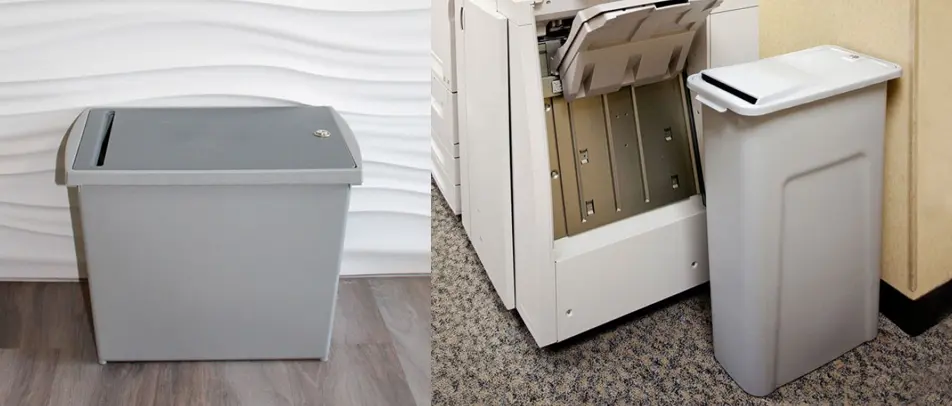

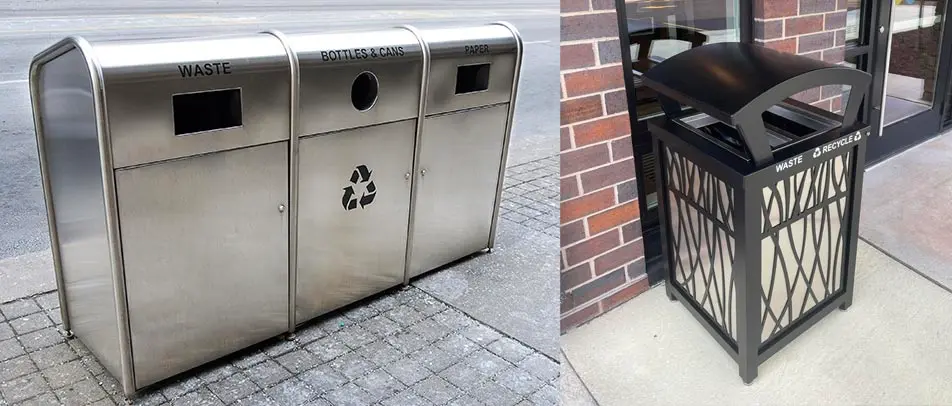



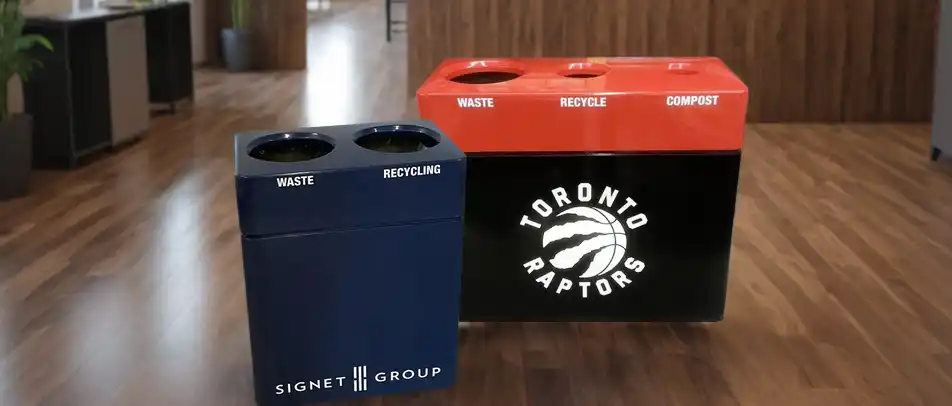




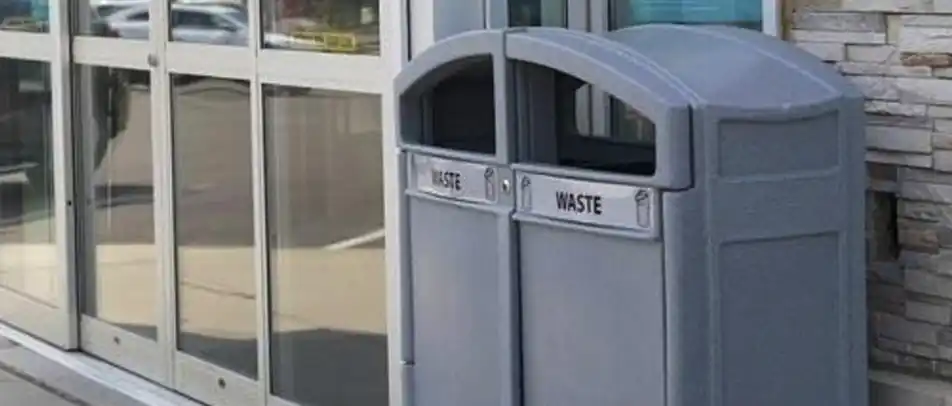
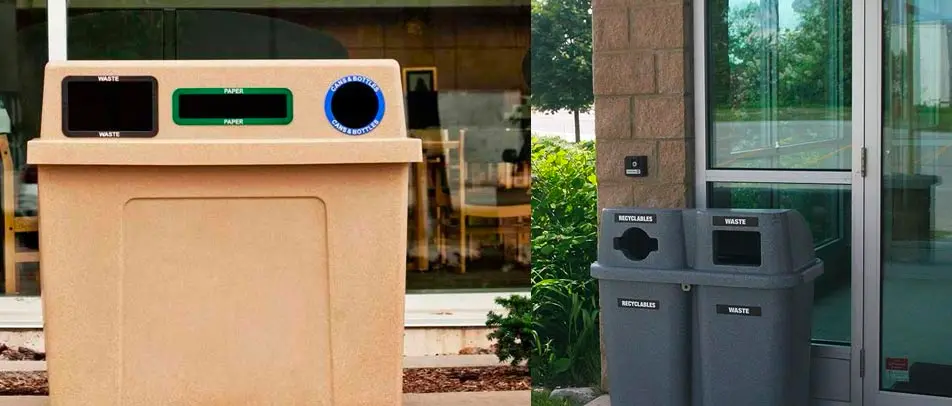
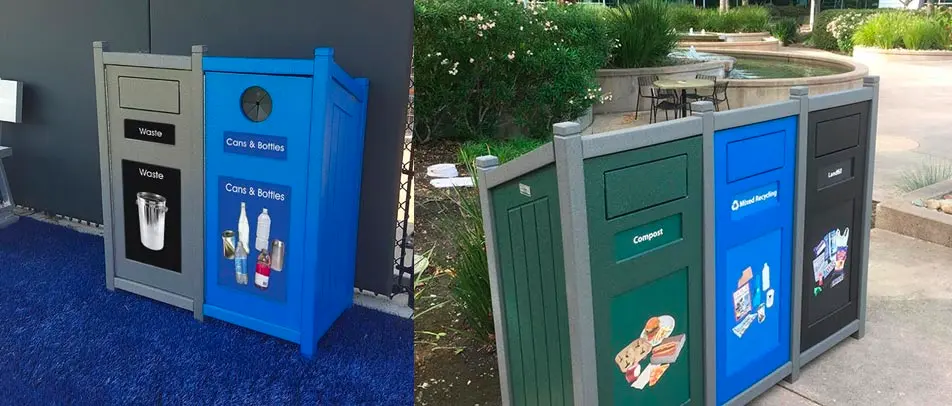
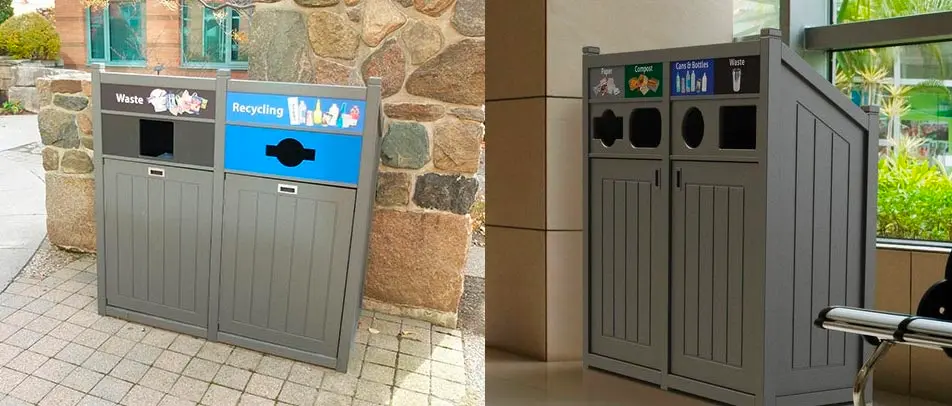



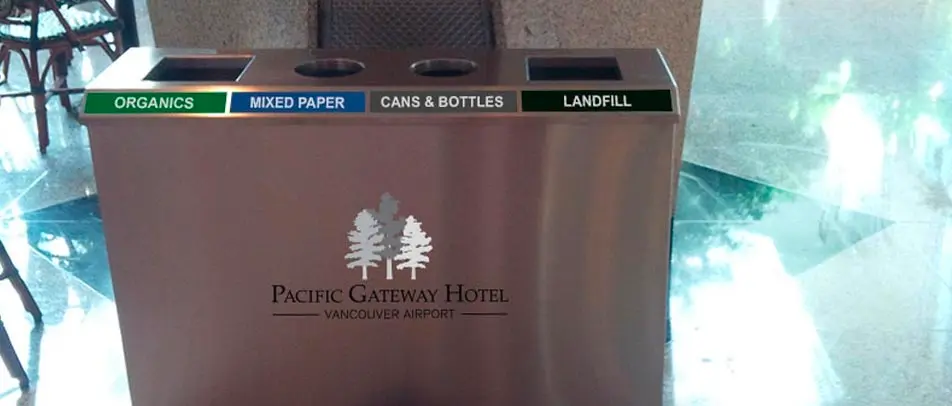

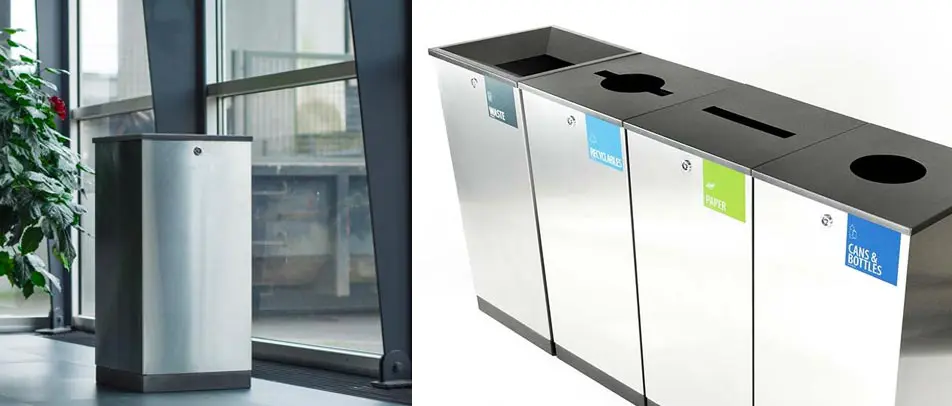
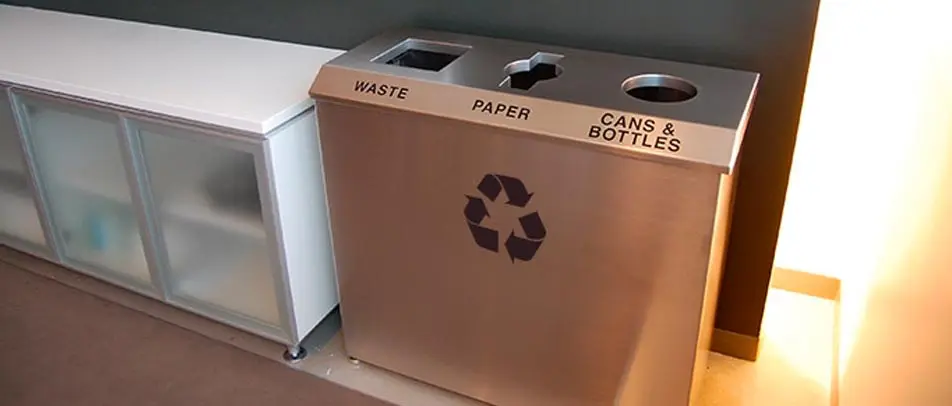
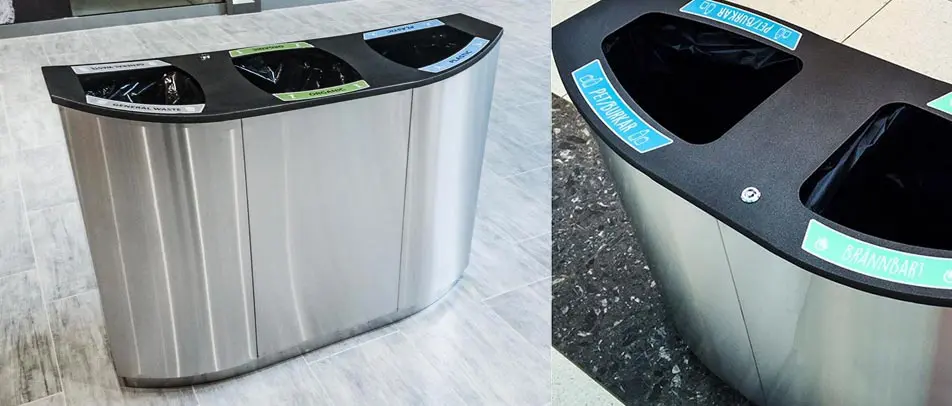

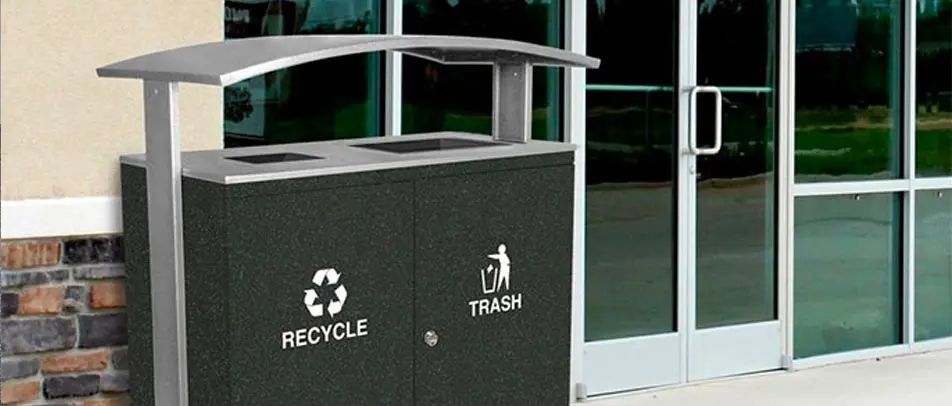
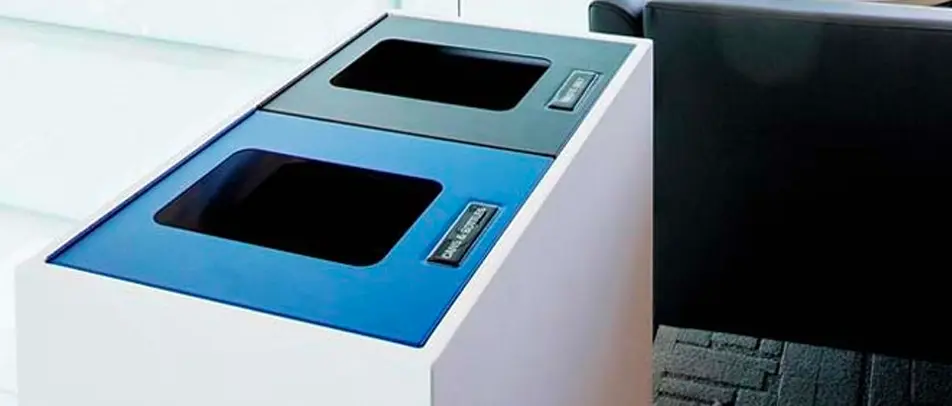
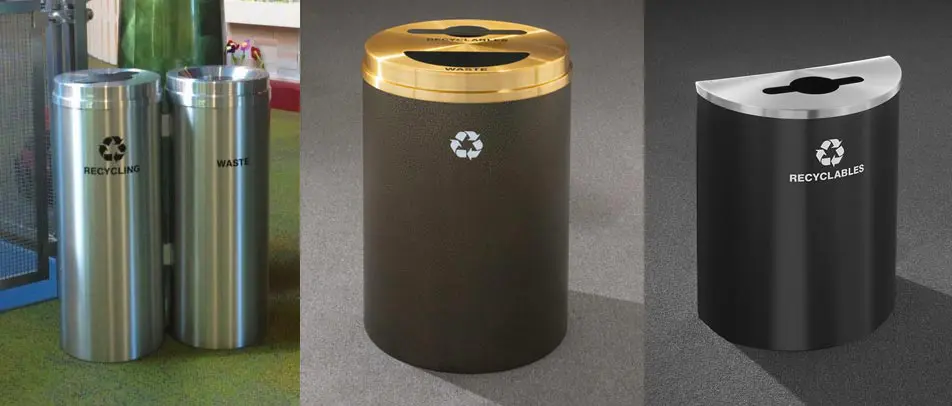

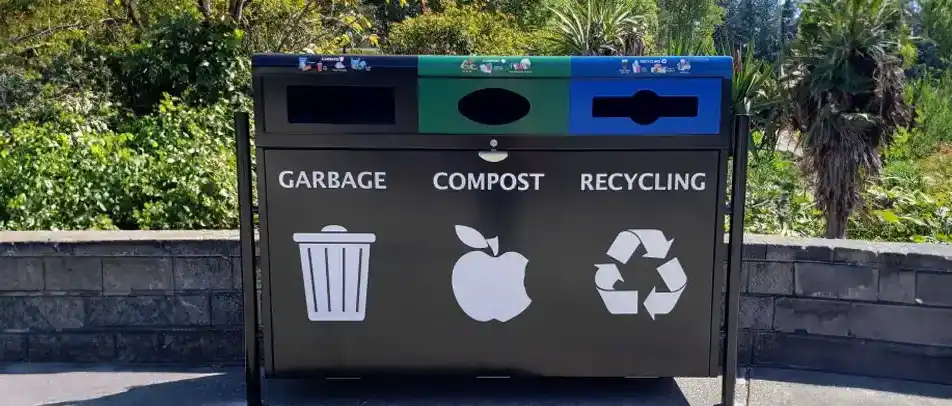
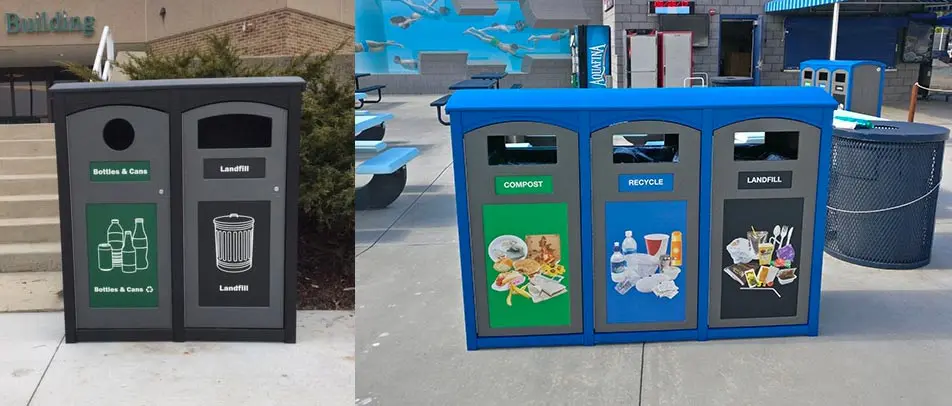
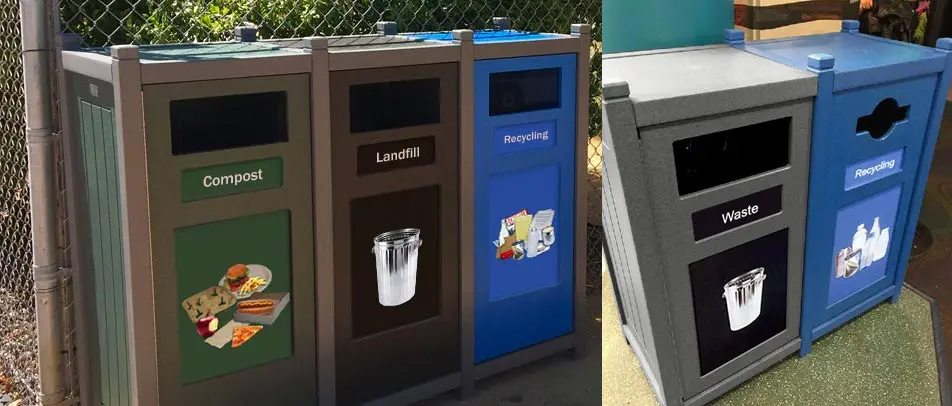


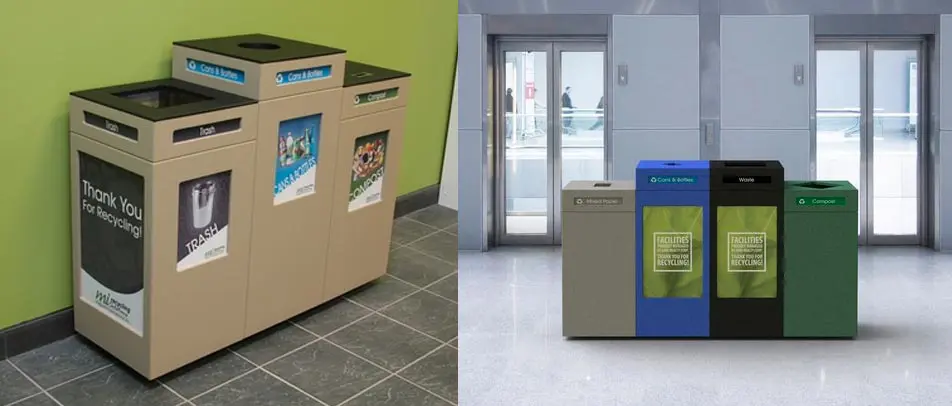
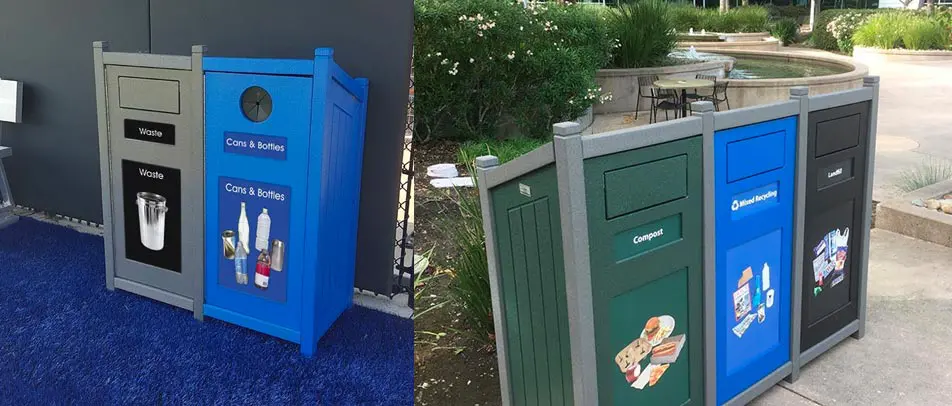
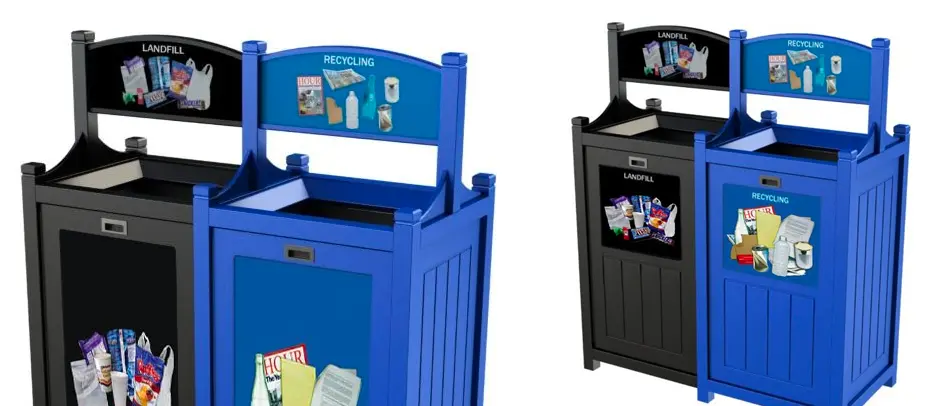


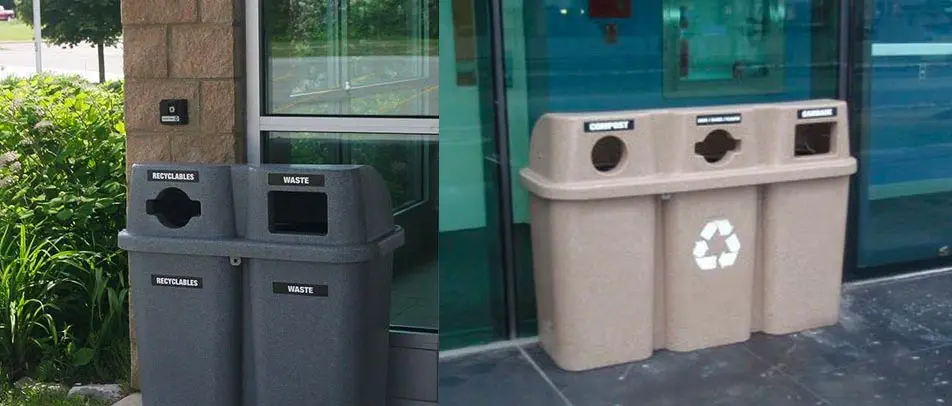
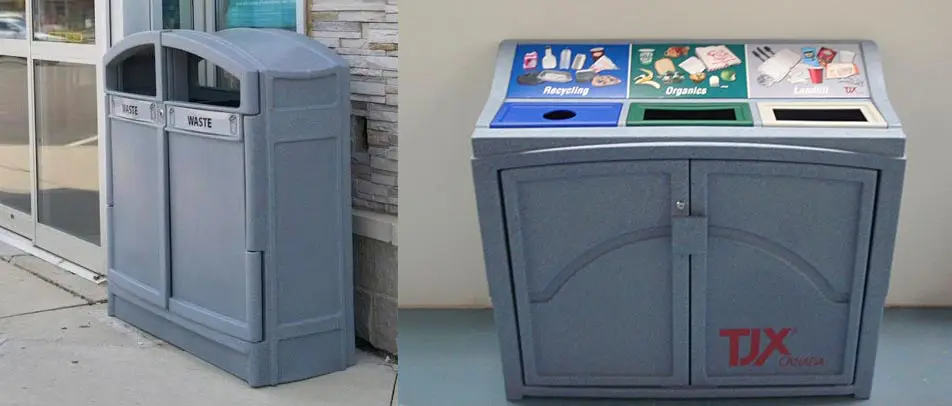
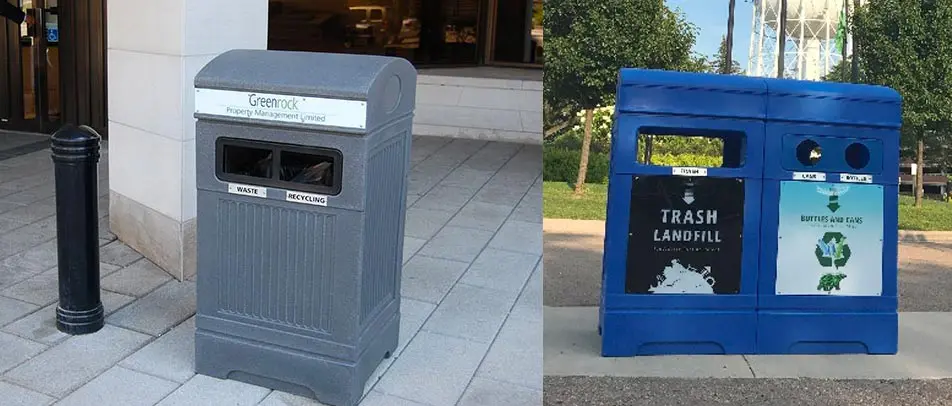
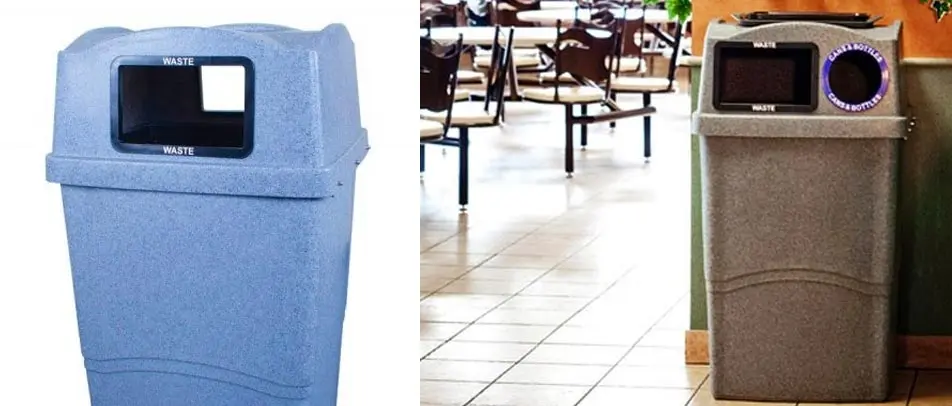
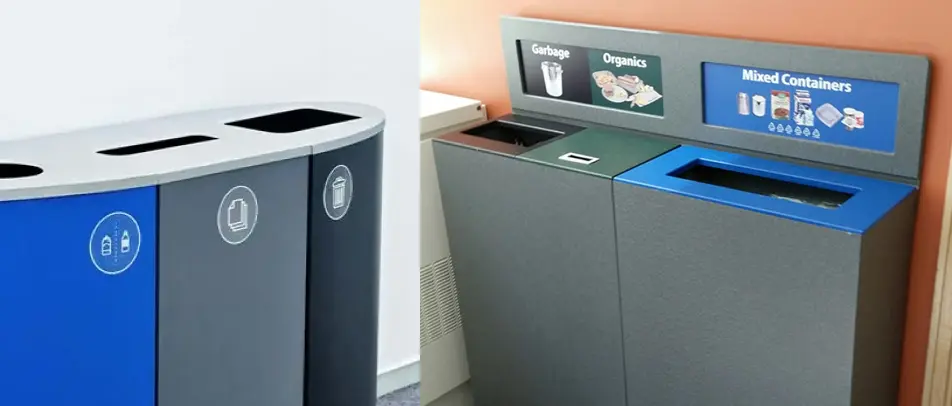
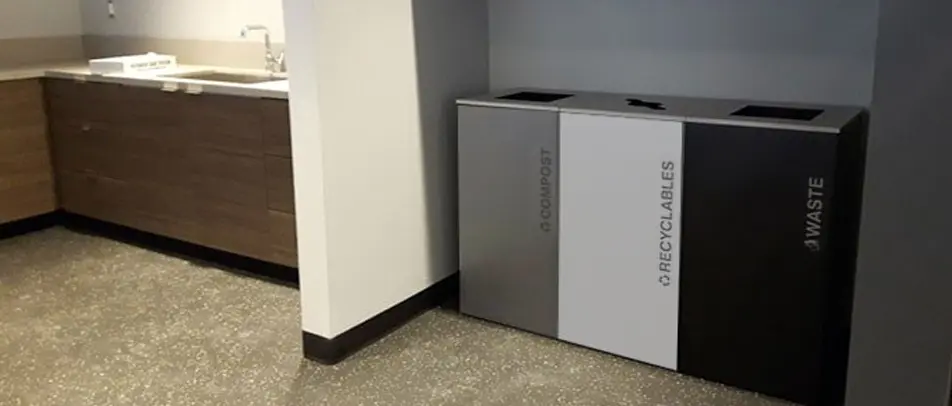
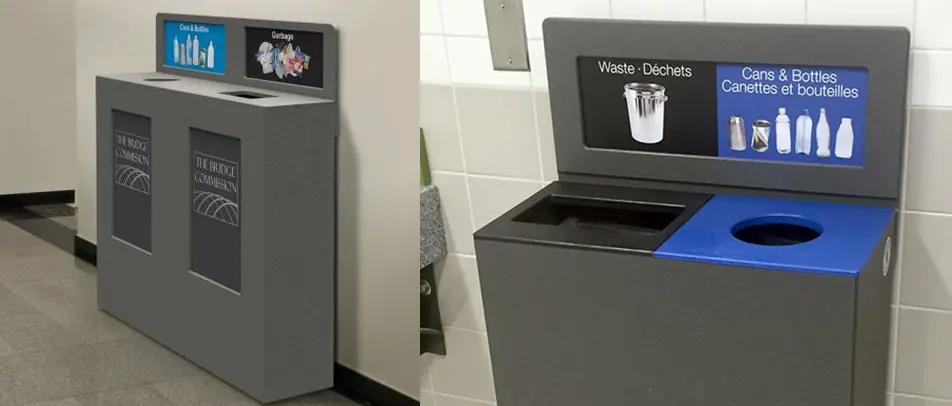
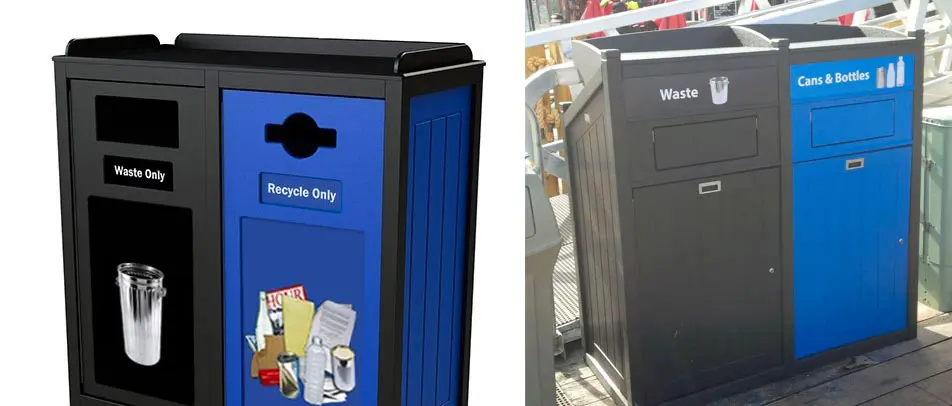






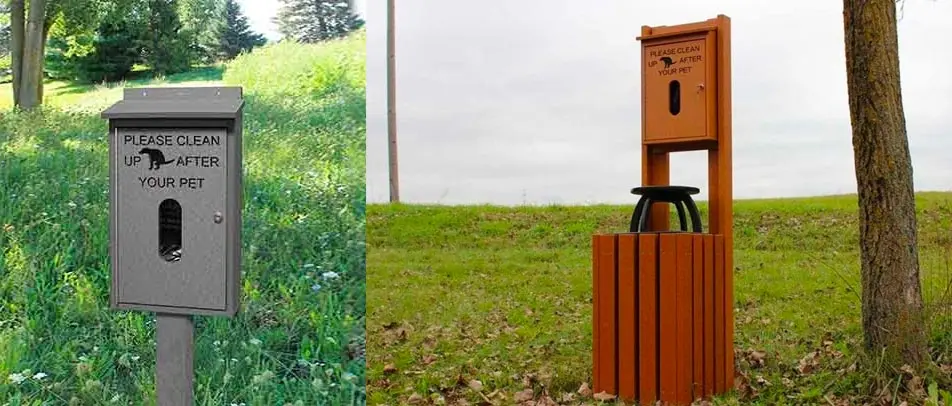




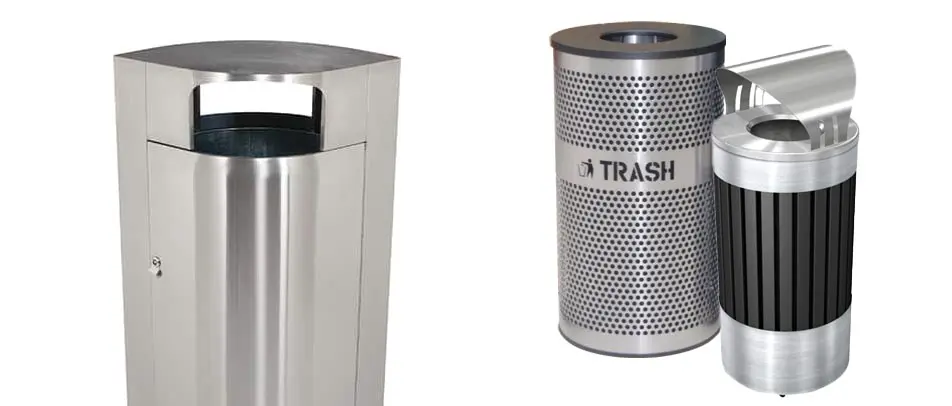

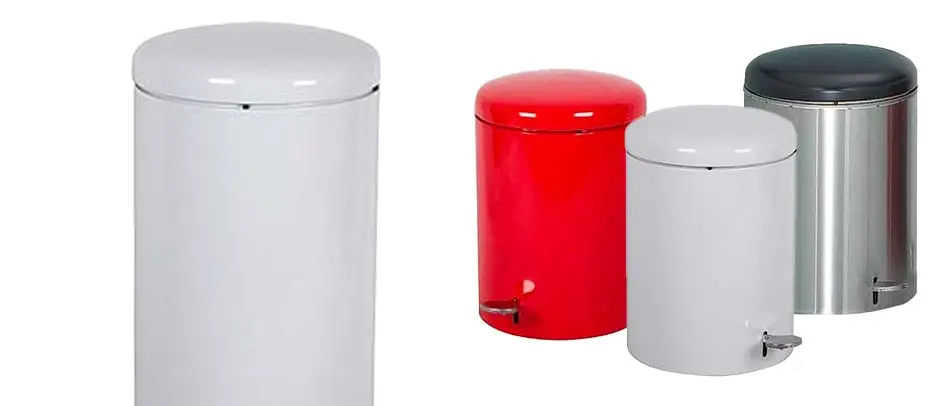





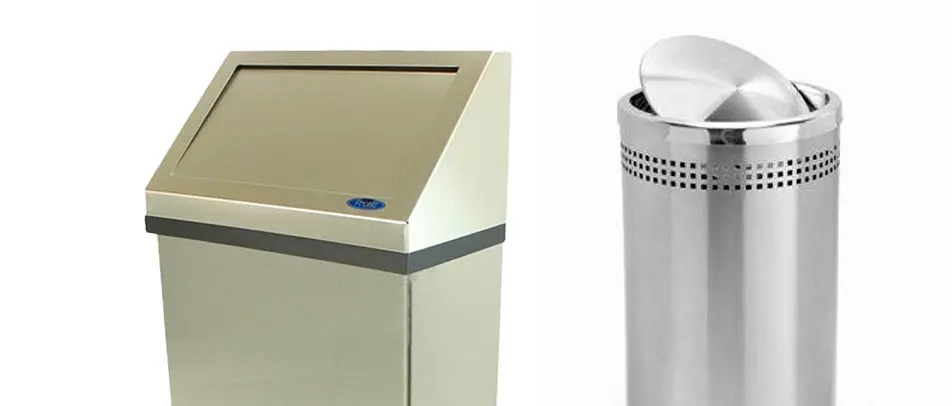

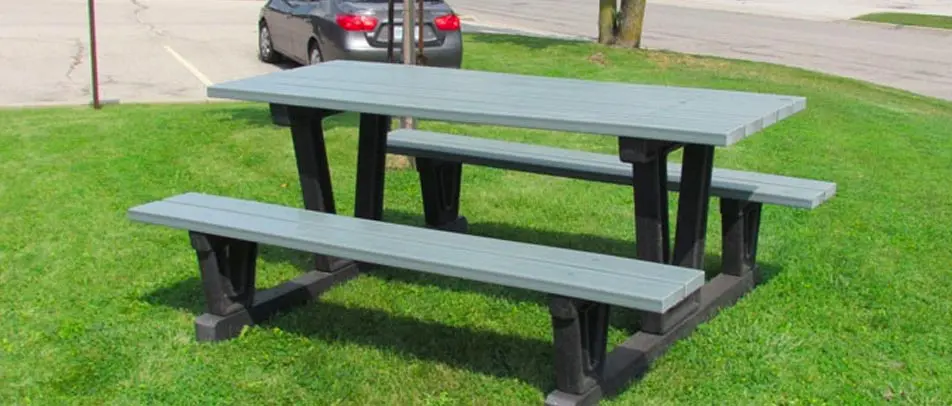





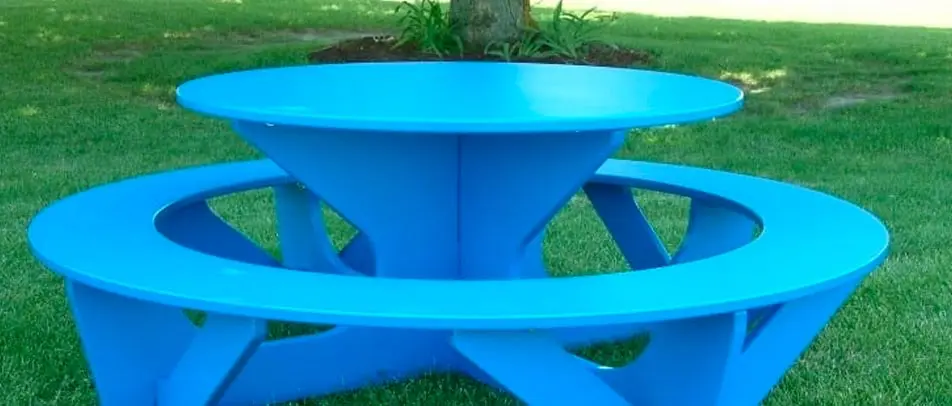




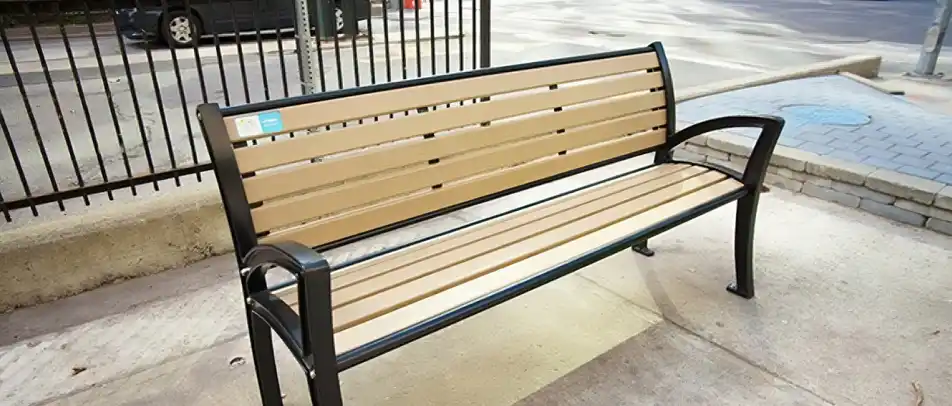




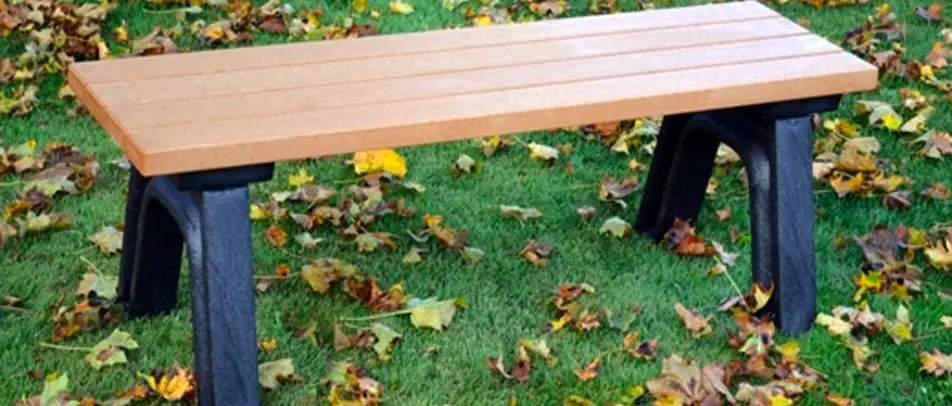




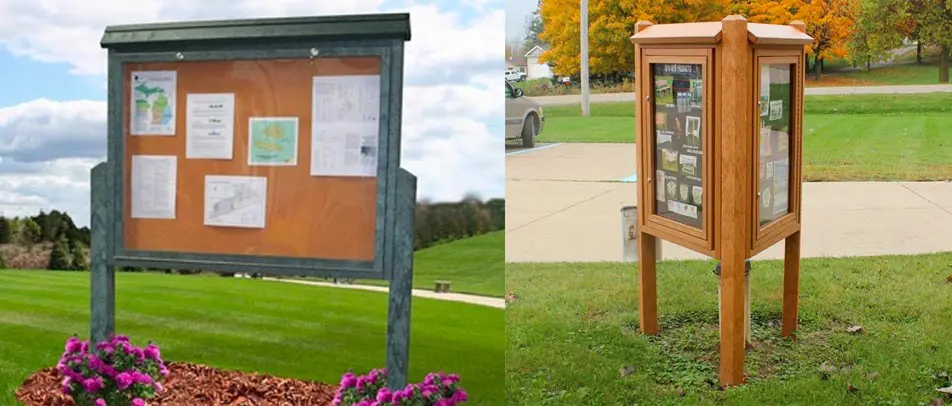
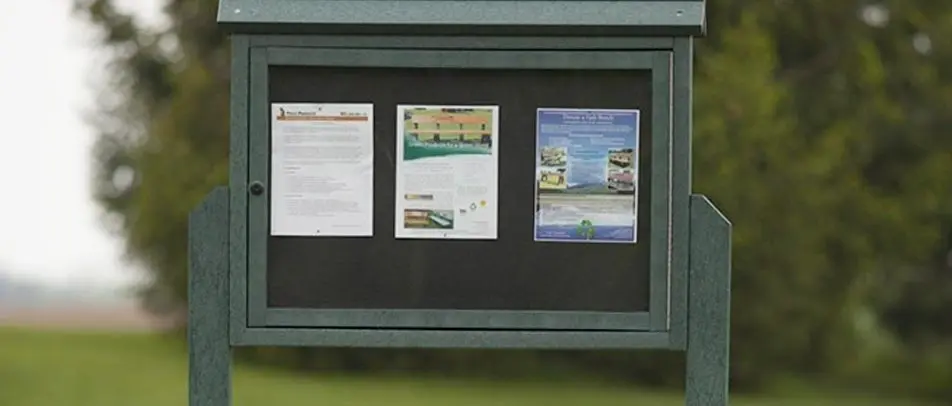
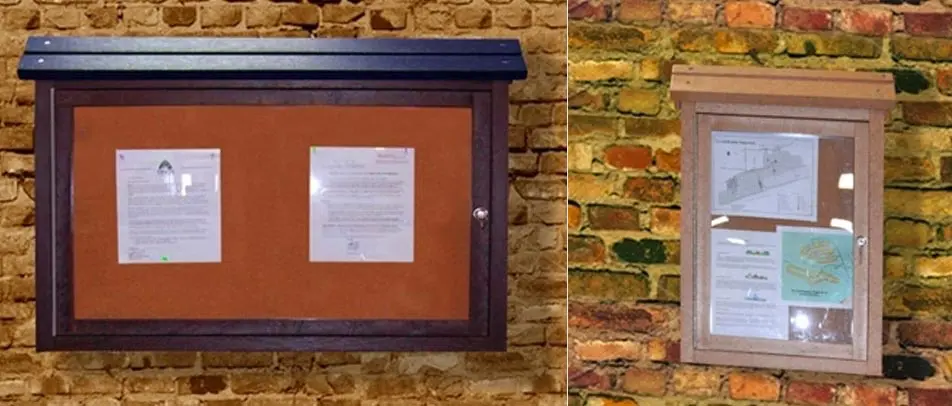


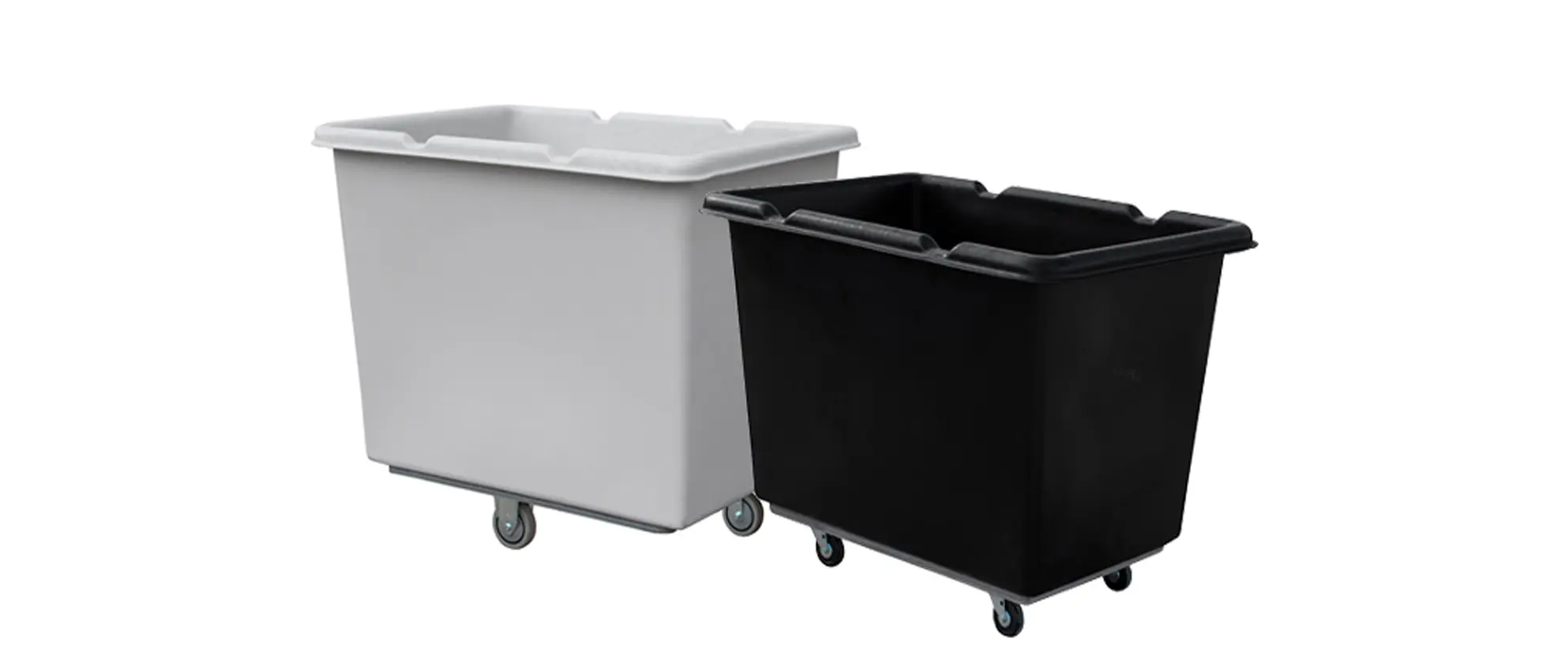




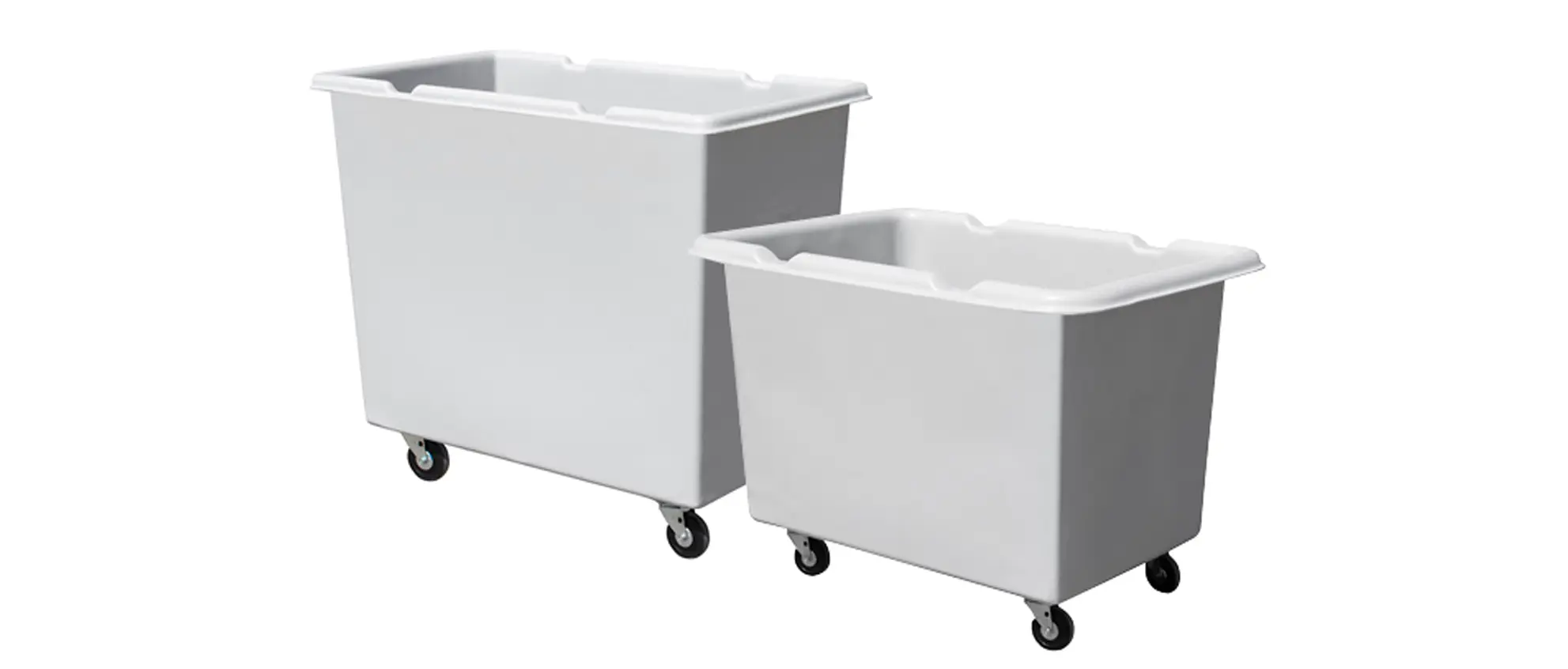


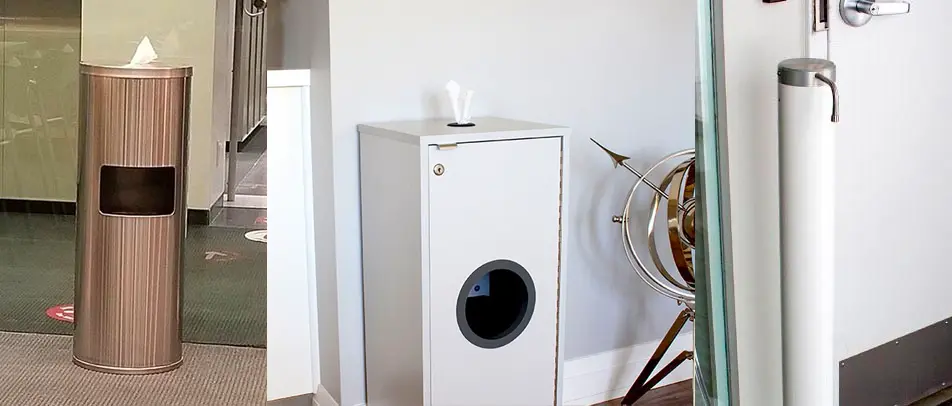
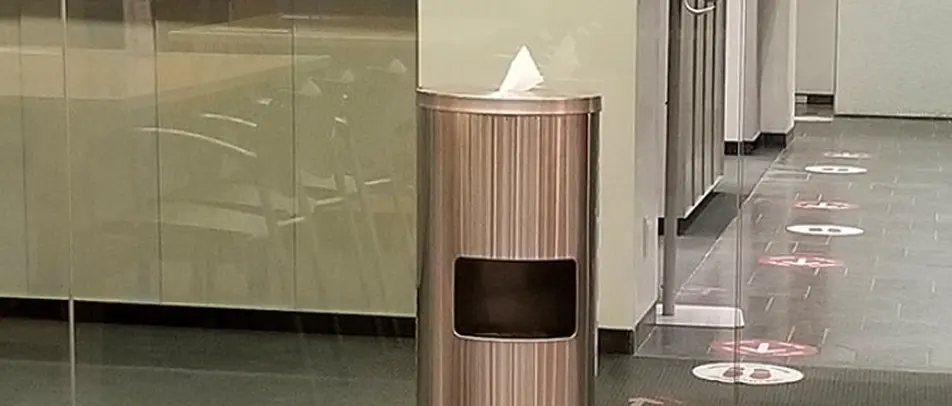



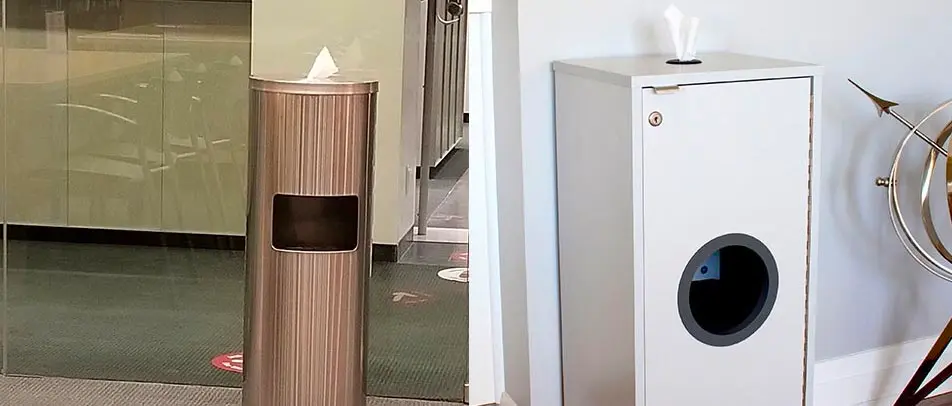


 Three Ways to Engage Teams and Clients to Maximize Your Recycling Program Engagement
Three Ways to Engage Teams and Clients to Maximize Your Recycling Program Engagement  How to Integrate Accessibility Into Your Sustainability Planning
How to Integrate Accessibility Into Your Sustainability Planning  Why Park Benches Can Promote Workplace Well-Being
Why Park Benches Can Promote Workplace Well-Being 
